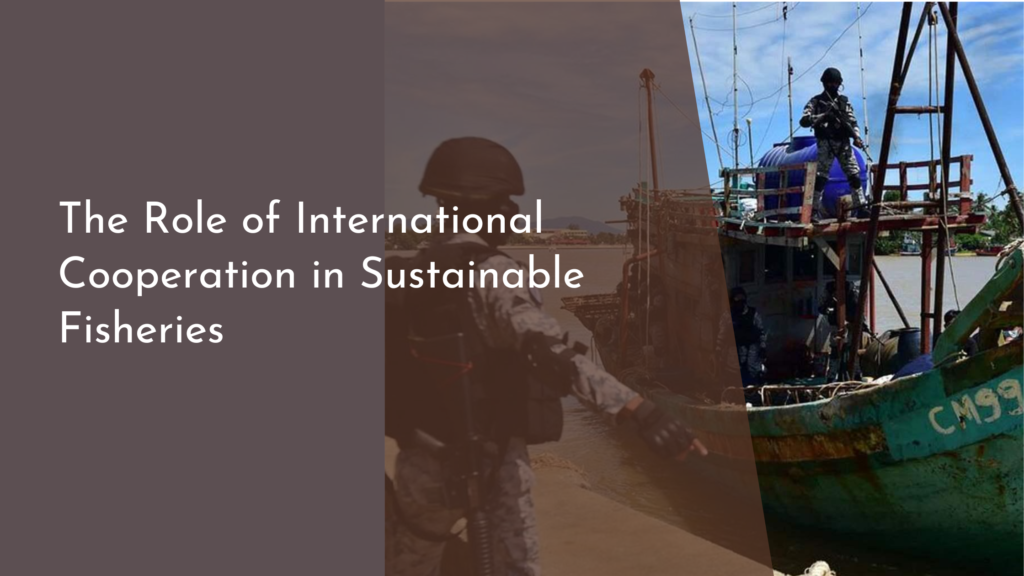Fog Catchers in Coastal Deserts: Water for Reforestation
In the arid landscapes of coastal deserts, where the sun blazes and rainfall is scarce, innovative solutions are essential for sustainable living. One such solution is the ingenious use of fog catchers—structures that harvest moisture from fog to provide a vital source of water. This technology not only addresses the immediate needs of water-scarce regions but also plays a pivotal role in reforestation efforts. By capturing the elusive droplets of fog, these systems are transforming barren landscapes into thriving ecosystems, promoting biodiversity and combating climate change.
Fog catchers have emerged as a beacon of hope in the quest for sustainable water resources, especially in areas where traditional water sources are limited. As we delve deeper into the workings of fog catchers, we discover their remarkable ability to harness nature’s own processes. These structures consist of large, mesh-like nets strategically placed in areas where fog is prevalent. When fog rolls in, tiny droplets of water condense on the mesh and drip down into collection troughs, providing a clean and renewable source of water. This simple yet effective technology has been implemented in various coastal desert regions around the world, showcasing its versatility and effectiveness.
Harnessing Nature: The Magic of Fog Catchers Explained
Fog catchers operate on a basic yet brilliant principle of condensation. The mesh nets, usually made of durable materials, are designed to maximize surface area while minimizing wind resistance. As fog passes through the nets, the tiny water droplets collide with the fibers, coalescing to form larger droplets that eventually fall into collection systems. This process can yield significant amounts of water, often enough to support local communities or agricultural efforts.
The efficiency of fog catchers is particularly impressive in regions where traditional water sources are either polluted or over-exploited. For example, in the Atacama Desert of Chile, fog nets have been used to collect moisture from the coastal fog that rolls in from the Pacific Ocean. The result is a sustainable water supply that not only quenches thirst but also supports local flora and fauna. This innovative approach exemplifies how harnessing natural phenomena can lead to sustainable solutions for water scarcity.
Coastal Deserts: A Unique Challenge for Water Resources
Coastal deserts present a unique set of challenges when it comes to water resources. Despite their proximity to the ocean, these regions often experience minimal rainfall, leading to stark landscapes that struggle to support life. The combination of high evaporation rates, salty soil, and limited freshwater sources makes it difficult for plants and animals to thrive. As a result, many coastal deserts are characterized by barren terrain and sparse vegetation, which can have far-reaching implications for local ecosystems.
In these challenging environments, the need for innovative water solutions is more pressing than ever. Traditional methods of water sourcing, such as drilling wells or diverting rivers, are often unsustainable and can lead to further degradation of the environment. Fog catchers offer a viable alternative, providing a renewable source of water that can help restore balance to these fragile ecosystems. By capturing moisture from the atmosphere, fog catchers not only alleviate water scarcity but also pave the way for reforestation and ecosystem restoration efforts.
Reforestation Success: How Fog Catchers Make a Difference
Reforestation is crucial for restoring ecosystems and combating climate change, and fog catchers play a vital role in this process. By providing a reliable source of water, these systems enable the growth of native plant species that are essential for reestablishing biodiversity. In areas where traditional irrigation methods are impractical, fog catchers can supply the moisture needed for seedlings to take root and flourish. This, in turn, creates habitats for wildlife and contributes to a healthier, more balanced ecosystem.
Moreover, the success of reforestation initiatives supported by fog catchers can have a ripple effect on local communities. As vegetation returns to the landscape, it helps to stabilize the soil, reduce erosion, and improve air quality. Additionally, thriving ecosystems can offer new opportunities for ecotourism and sustainable agriculture, providing economic benefits to local residents. The positive impacts of fog catchers extend beyond just water supply; they foster a sense of hope and renewal in regions that have long struggled with environmental challenges.
A Greener Future: The Impact of Fog Catchers on Ecosystems
The implementation of fog catchers is not just about addressing immediate water needs; it’s about creating a greener future for coastal deserts and the ecosystems they support. As these structures help restore vegetation, they also contribute to improved soil health and increased carbon sequestration. Healthy forests and plant life play a critical role in mitigating climate change by absorbing carbon dioxide from the atmosphere, making fog catchers a valuable tool in the fight against global warming.
Furthermore, the positive effects of fog catchers can lead to enhanced biodiversity. As native plants thrive, they attract a variety of wildlife, from pollinators to birds, creating a vibrant ecosystem. This resurgence of life can help maintain ecological balance and resilience against environmental stressors. The integration of fog catchers into reforestation efforts represents a harmonious relationship between technology and nature, showcasing how human ingenuity can work in tandem with the environment to foster a sustainable future.
In conclusion, fog catchers are a remarkable example of how we can harness the power of nature to address pressing environmental challenges. By capturing moisture from coastal fog, these innovative structures provide a sustainable water source that supports reforestation and enhances local ecosystems. As we continue to face the realities of climate change and water scarcity, the potential of fog catchers to transform coastal deserts into thriving habitats is not only a hopeful vision but a practical solution. Embracing such technologies can lead to a greener, more sustainable future for our planet, one fog drop at a time.

